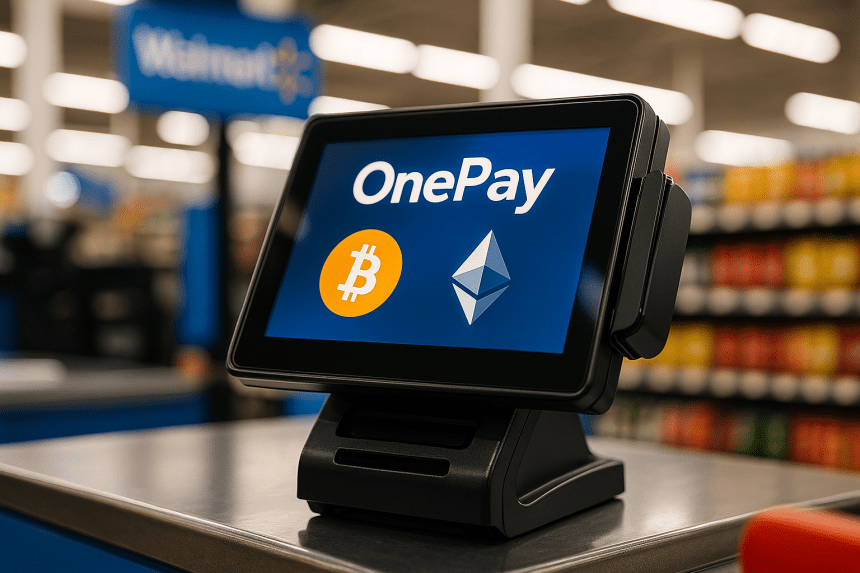Beyond the headline, the practical story is access, compliance, and guardrails. By wiring Bitcoin and Ethereum into OnePay via Zerohash’s regulated “crypto-as-a-service” stack, Walmart can let mainstream users dollar cost average, cash out, or simply hold within the same app they already use for rewards, debit, and credit without forcing them to set up a separate exchange account or manage private keys. Early reporting suggests BTC and ETH will be first, with the feature appearing later this year; that puts OnePay squarely alongside PayPal, Venmo, and Cash App in offering retail crypto rails while keeping custody and trade execution under a specialist partner’s controls.
For Walmart, the upside is twofold: higher margin financial services wrapped around its retail ecosystem and tighter user retention as shoppers earn, save, and now invest inside one wallet. Expect a conservative initial scope basic buy/sell/hold, clear risk disclosures, and transaction limits followed by incremental additions if adoption is strong (e.g., recurring buys, price alerts, tax forms, and possibly crypto rewards). The move mirrors a broader pattern in U.S. finance where large brands lean on infrastructure providers like Zerohash to meet compliance in 50 states while shipping a consumer-grade experience; even Wall Street platforms are taking a similar path, underscoring how “embedded crypto” has become a standard fintech feature rather than a niche add-on.
Don’t expect checkout crypto at Walmart stores overnight. The near term emphasis is investment access, not point of sale payments, which face separate UX and accounting hurdles. That said, bringing millions of users into a compliant crypto wallet inside OnePay lays foundational rails for future features cash-back in BTC, limited spend from crypto with automatic conversion, or curated education modules that nudge novice investors toward safer habits like small, scheduled buys and two-factor authentication. If the rollout tracks peers, fees will be competitive but not rock-bottom, with transparent spreads and a simple interface designed to minimize mistakes.
The competitive signal is loud. Big box retail adding native crypto investing further normalizes the asset class and pressures other mass-market wallets to keep up. If OnePay’s launch sees meaningful activation say, recurring purchases and low churn it could accelerate a second wave of mainstream platforms integrating through the same playbook: regulated partner, limited asset list, and opt in education. In that world, crypto exposure becomes another toggle inside familiar finance apps, and the line between “exchange user” and “everyday shopper” keeps fading.






















